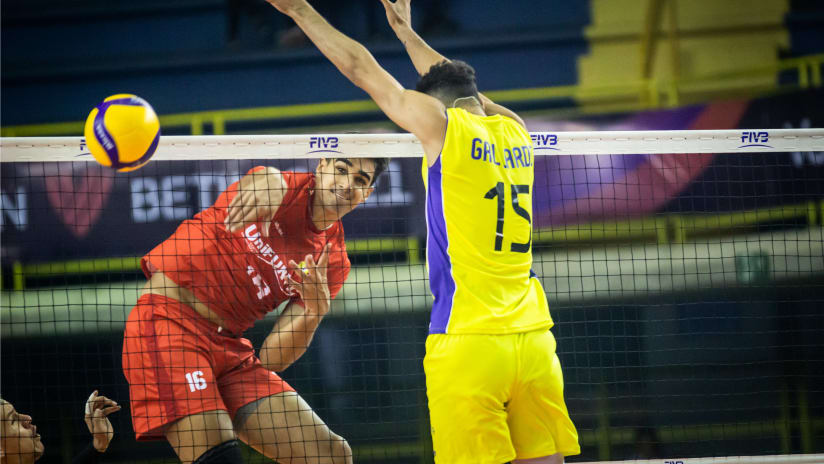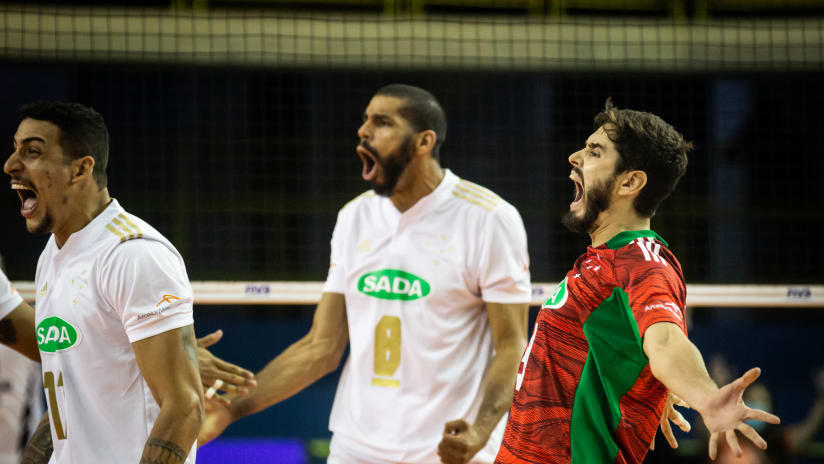Three volleyball regulation tests will be carried out during the FIVB Volleyball Club World Championships 2021, with the men’s edition to take place from 7 to 11 December in Betim, Brazil, followed by the women’s event on 15-19 December in Ankara, Turkey.
Men's Club World Championship 2021
Exciting volleyball regulations to be tested during FIVB Volleyball Club World Championships
Published 12:50, 08 Dec 2021

In particular, the regulations set to be tested during the events include the field of play orientation, a 15-second service timer and a limited number of Team Time-outs (TO) per set. All test data and feedback will be evaluated and then shared with the relevant FIVB Commissions, as well as the FIVB Executive Committee and FIVB Board of Administration for the final green-light.
The field of play orientation test will see team benches and warm up areas located opposite the main TV camera to place greater focus on the players and capture teams’ reactions and emotions to create more engaging content for fans. The second test, the 15-second service timer, will see the first referee controlling the 15 second period between the end of a rally and the player completing a service. A server is allocated seven seconds to get ready to serve and eight seconds to complete the service. The main aim of this test is to speed up the game and avoid delays between rallies to subsequently increase fans’ focus on the serving player and raise the excitement around the service action. If the player fails to execute the service within the given time, the action will be considered a ‘service fault’ and the point will be awarded to the opposing team.
Finally, the impact on the flow of the game is going to be tested by limiting teams to one team time out per set. The aim is to optimise the flow of the game to raise the intensity of a match while maintaining fans’ focus for the entire duration. Therefore, during matches of the FIVB Volleyball Club World Championships, there will be one 60-second technical time-out in sets 1-2-3 and 4 when 12 points are obtained by the leading team. While each team will get only one 30-second team time-out per set.
It is important to note that the implementation of these volleyball regulation tests may be adjusted once the tests go ahead to ensure optimum results.





